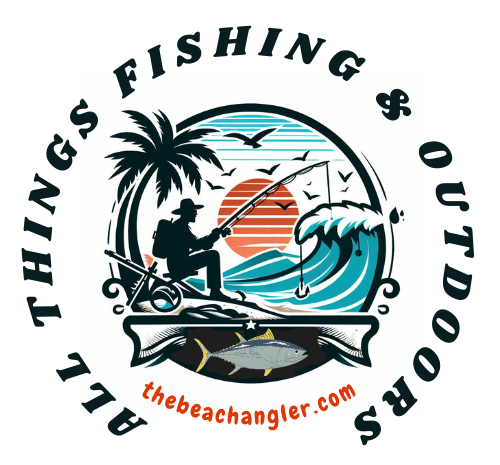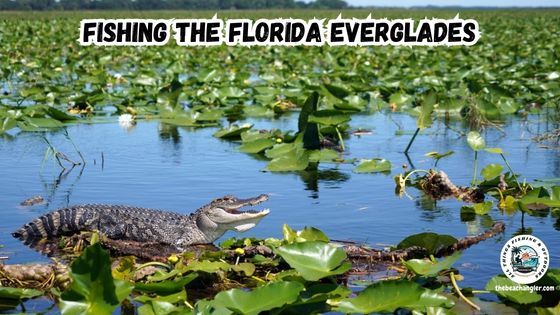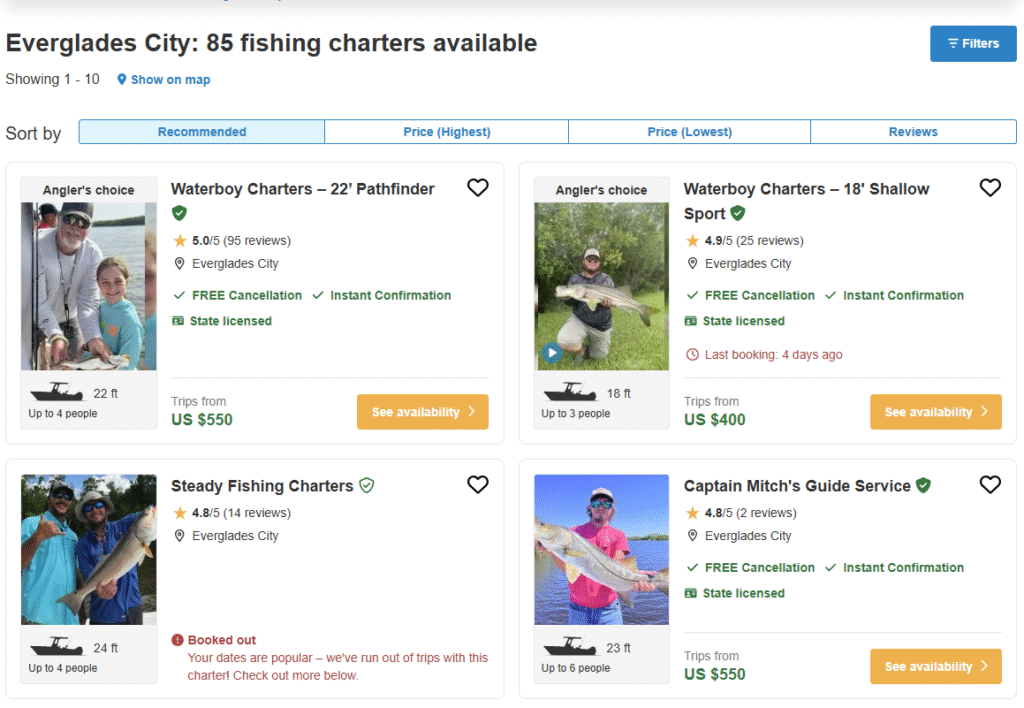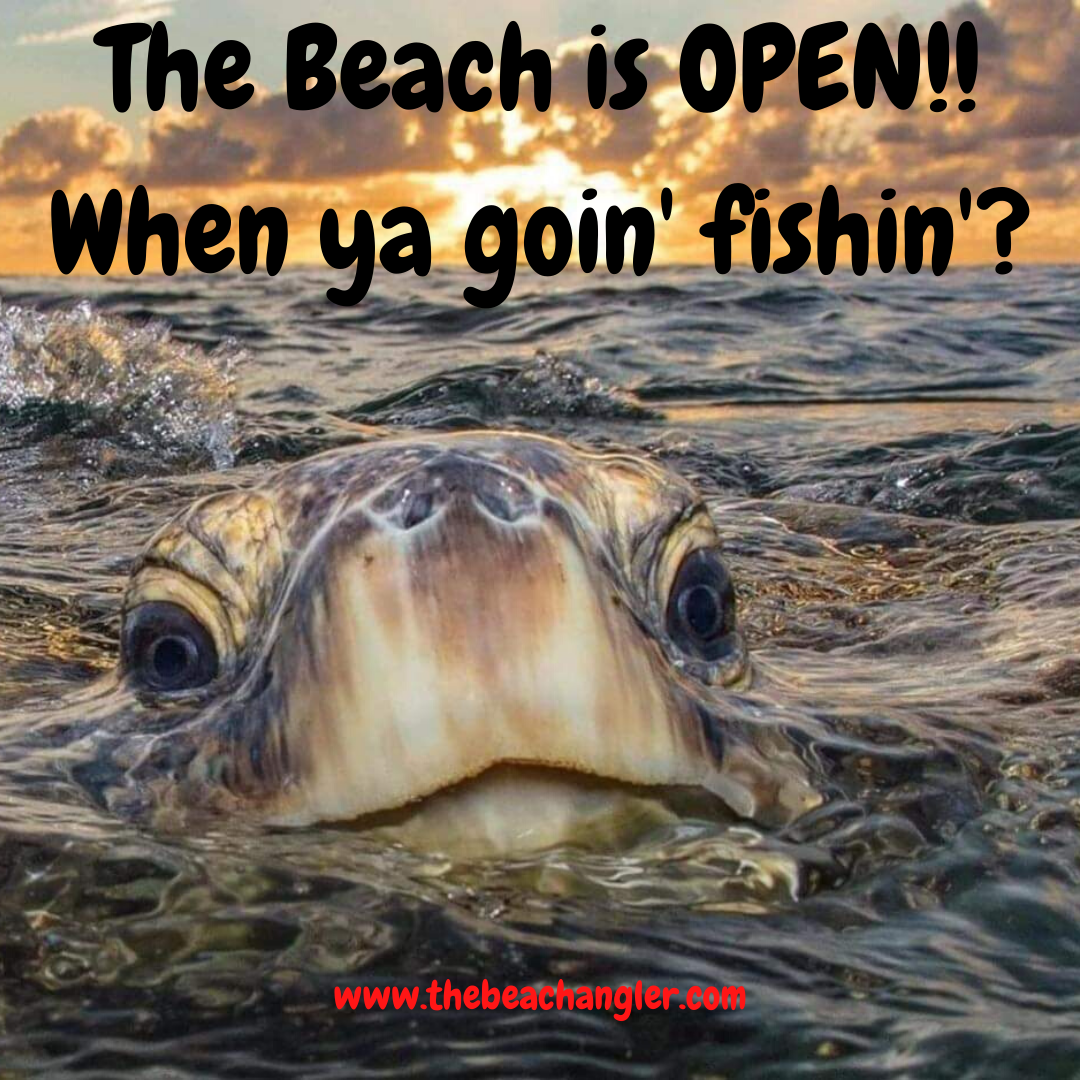Fishing the Florida Everglades and Everglades National Park ranks as one of the most unique adventures I’ve taken as an angler. With its winding maze of mangroves, shallow wetlands, and snaking waterways, the Everglades offers an experience unlike most fishing destinations out there.
QUICK LOOK: Top Fishing Spots in the Florida Everglades
- Chokoloskee Pass and Bay: This area shines for redfish, snook, and sea trout. It gets busy when the weather is nice, but the fishing usually pays off.
- Barron River: The river’s deeper channels make it a favorite for tarpon and snook. When I’m going after big fish, this is my choice spot.
- Ten Thousand Islands: For real adventure, nothing beats casting around these mangrove islands. Kayak trips here have led me to big snapper, snook, and even the occasional small shark near deeper cuts.
- Shark River Slough: When I want freshwater catches like largemouth bass or panfish, this spot’s creeks and sloughs are my go-to. The rainy season sends fish into hiding, so keeping mobile helps.
Tips for Fishing the Florida Everglades
- Match the Hatch: Paying attention to which baitfish are out helps me choose lures that work better. When I spotted mullet schools, tossing silver jerkbaits got great strikes from hungry gamefish.
- Fish the Tides: Out here, fish focus on moving water. I set up my trips around outgoing and incoming tides so predators are more likely to ambush bait pushed by the current. If water goes slack, fishing slows down.
- Use Stealth: When water is clear and shallow, I keep it quiet and avoid quick moves. Using a push pole instead of a motor near fish can be all it takes for a bite, rather than spooking them away.
- Why These Strategies Matter: This fishery rewards staying sharp and adaptable. The more I pay attention to the elements, bait activity, tidal movement, and water clarity, the better my fishing days get.
I found myself surrounded by scenery that’s wild yet peaceful, making it a beautiful place for anyone who loves the outdoors and wants to check out a legendary fishery.

Getting Ready: Rules and Permits for Everglades Fishing
Before casting my line in the Everglades, I needed to check in on all the official fishing rules. These guidelines are there to protect the park’s wildlife and keep the ecosystem balanced. Ignoring the rules can lead to fines and might damage an environment I care about.
- Fishing License: You’ll need a valid Florida fishing license if you’re over 16. For saltwater areas, I used a saltwater license, while for inland areas, I switched to a freshwater one. Details are available on the Florida Fish and Wildlife Conservation Commission website.
- Bait Restrictions: Using live or dead fish, amphibians, or nonpreserved eggs for bait inside the park isn’t allowed. Artificial lures and some cut baits are fine, but always check local guidelines for changes.
- Closed Areas: Certain places, such as the Ernest F. Coe Visitor Center, lakes, and waters around the Royal Palm Visitor Center, are off-limits for fishing. Ranger stations are good resources to check on current closures.
- Bag and Species Limits: It’s important to stick to daily bag and possession limits for each fish species. Saltwater limits can switch up throughout the year, so I always check before heading out.
- Mercury Advisory: Bass caught north of the Main Park Road sometimes have higher mercury levels. Local authorities suggest releasing these fish rather than eating them in those areas.
Essential Everglades Fishing Gear and Tackle
Given how the Everglades mix freshwater and saltwater habitats, I realized my gear had to be flexible. A sturdy rod and a dependable reel make a real difference out here.
- Rod and Reel: For nearshore and offshore fishing (targeting tarpon or redfish), I use a 7-8 foot medium-heavy rod matched with a 5000+ size reel. For stealthier inshore fishing—snook or largemouth bass—I switch to a 7-foot medium-light spinning rod.
- Lure Options: Crankbaits, medium spoons, and spinner or buzzbaits with shad-style bodies are top picks. Early mornings are best for topwater lures, especially on calm water.
- Other Gear: Polarized sunglasses help me spot fish easily in shallow water. I always pack enough water, bug repellent, and sunscreen because you can’t predict how tough the elements will be, even on short trips.
Top Fishing Spots in the Everglades
Picking the right spot can define the kind of day you’ll have. The Everglades is massive, so having a shortlist of prime places keeps things both manageable and exciting.
- Chokoloskee Pass and Bay: This area shines for redfish, snook, and sea trout. It gets busy when the weather is nice, but the fishing usually pays off.
- Barron River: The river’s deeper channels make it a favorite for tarpon and snook. When I’m going after big fish, this is my choice spot.
- Ten Thousand Islands: For real adventure, nothing beats casting around these mangrove islands. Kayak trips here have led me to big snapper, snook, and even the occasional small shark near deeper cuts.
- Shark River Slough: When I want freshwater catches like largemouth bass or panfish, this spot’s creeks and sloughs are my go-to. The rainy season sends fish into hiding, so keeping mobile helps.
How the Seasons Shape Everglades Fishing
Switching up my tactics with the seasons always improves my fishing experience. The Everglades offers year-round action, but each season brings new patterns to the table.
- Fall and Winter: Snook, redfish, and tarpon are more active as the weather cools down. Fishing around creek mouths, points, and tidal flats becomes the smart play. Plus, more migratory birds show up, helping me track down baitfish and hungry predators tagging along.
- Spring and Summer: These are the best for sight fishing. Clear water and energetic fish make things exciting. Early morning and late evening help me beat the heat and target fish in shallow spots or around structures.
Summer’s rainy season brings heavy afternoon storms, making things tricky. I learned to always check the weather before going out, after getting caught in a sudden squall.
Things to Keep in Mind Before You Fish the Everglades
The Everglades offers up some surprises for first-time anglers. Weather, wildlife, and even getting lost can all be challenges. Staying ready turns potential hiccups into standard parts of a memorable trip.
- Weather Conditions: Changes happen fast here, especially in summer. Storms appear quickly, so I keep local radar loaded on my phone before launching the boat or kayak.
- Wildlife Encounters: Alligators are everywhere, but typically mind their business. Staying mindful and never feeding them keeps everyone safe.
- Navigation: So many creeks and bays look similar, it’s easy to lose your sense of direction. GPS, paper maps, and keeping an eye on unique trees or mangrove shapes help me find my way back.
- Guide Services: Early on, I booked a licensed Everglades guide to learn about productive spots and safe routes. Local guides know their stuff, and their insight saves months on the learning curve.
Weather Risks
Thunderstorms and wind can sneak up and cut a trip short. I usually plan outings based on what the weather looks like, even if it means leaving early or skipping what I’d planned.
Wildlife Safety
From alligators to snakes and manatees, the area’s waters teem with wildlife. Not disturbing them—and keeping hands and feet inside the boat, especially near gators—is very important.
It’s much easier to get turned around than I expected; having a backup map and letting someone know my plans helps keep me calm. The park visitor centers have updated maps and safety info that have helped out more than once.
Some Advanced Tips and Local Tricks
Once I got the basics down, I started picking up on some advanced tips that seriously boosted my fun and catch rate.
Match the Hatch: Paying attention to which baitfish are out helps me choose lures that work better. When I spotted mullet schools, tossing silver jerkbaits got great strikes from hungry gamefish.
Fish the Tides: Out here, fish focus on moving water. I set up my trips around outgoing and incoming tides so predators are more likely to ambush bait pushed by the current. If water goes slack, fishing slows down.
Use Stealth: When water is clear and shallow, I keep it quiet and avoid quick moves. Using a push pole instead of a motor near fish can be all it takes for a bite, rather than spooking them away.
Why These Strategies Matter: This fishery rewards staying sharp and adaptable. The more I pay attention to the elements, bait activity, tidal movement, and water clarity, the better my fishing days get.
FAQ: Fishing the Florida Everglades
Here are some questions I get most when people learn I fish in the Florida Everglades.
Do I need a special permit just for the Everglades?
You don’t need a dedicated Everglades permit, but you must have a valid Florida fishing license. Make sure to look up any unique rules about gear or bait in the park.
What kind of fish can I catch in the Everglades?
Snook, redfish, largemouth bass, sea trout, tarpon, snapper, and more. Saltwater fish are seasonal, but bass and panfish can be found year-round.
Are boats or kayaks better for fishing?
Both work well. Boats with shallow drafts let you explore big water, while kayaks or canoes get you into tucked-away, hidden spots.
Are there any safety concerns unique to Everglades fishing?
Besides alligators, sudden weather changes can be a major concern, so keep alert. I always carry enough water, sunscreen, and an extra navigation tool to stay safe.
Final Thoughts on Fishing the Florida Everglades
Fishing the Florida Everglades has given me some of the most eye-catching and rewarding days on the water. With solid information, a ready mindset, and a little groundwork, this place turns every fishing trip into an adventure to remember.
Whether you’re new to the Everglades or coming back for more, you’ll find each outing brings fresh excitement and the promise of memorable catches. Taking it all in, appreciating the local wildlife, and rolling with the unpredictable conditions is what makes Everglades fishing truly special.
Check Out Our Most Recent Fishing Destination Articles:
- 12 Tips for Fishing Baffin Bay, Texas
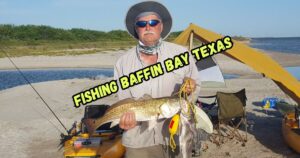
- Fishing The Chandeleur Islands
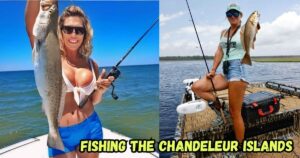
- Fishing Lake Calcasieu: 14 Tips And Tactics
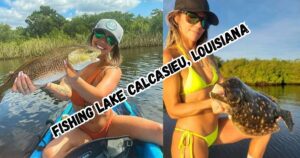
- 7 Tips for Fishing Gulf Of Mexico Nearshore Rigs In Texas
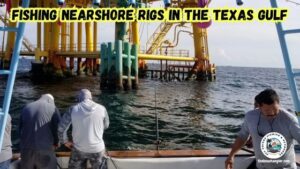
- Fishing The Florida Everglades

- San Diego California Sportfishing Adventures

As always, stay safe, enjoy the journey, and please try to leave it cleaner than you found it. If you have any comments, questions, ideas, or suggestions, please leave them in the comment section below, and I’ll get back to you ASAP. You can follow us on Facebook: Rex The Beach Angler, Instagram: thebeachangler7, Twitter: @AnglerBeach, and YouTube: Man Art Creations.
P.S. Thanks so much for checking out our blog; we really appreciate it. Just so you know, we may receive a commission if you click on some of the links that appear on our site. This helps us keep our content free and up-to-date for everyone. We appreciate your support!
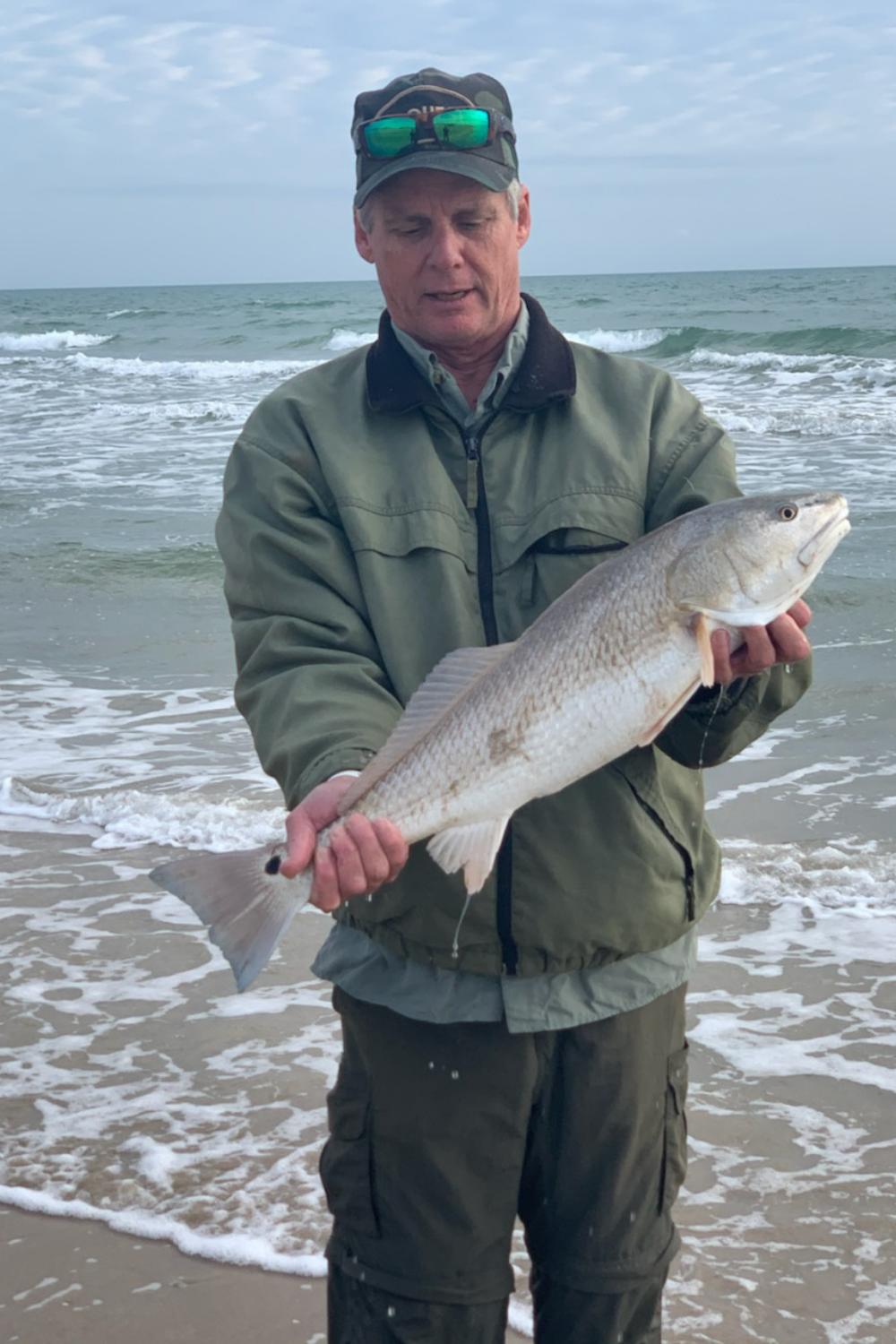
A life long surf fisherman with 50+ years of experience, I am also an avid hunter and outdoorsman. I will be sharing my passion for the outdoors with you so be prepared for hunting, fishing, camping, hiking and more. Along with gear reviews and the latest trends and innovations in the outdoor industry.
